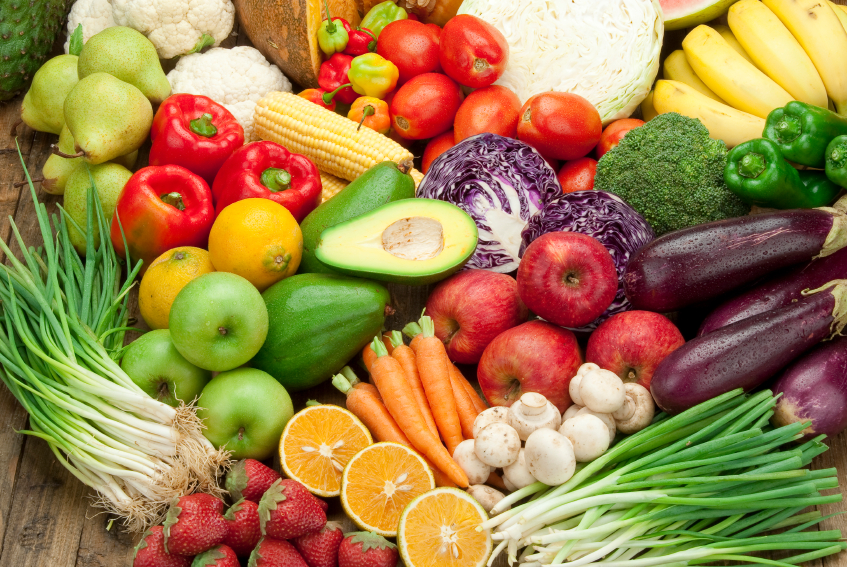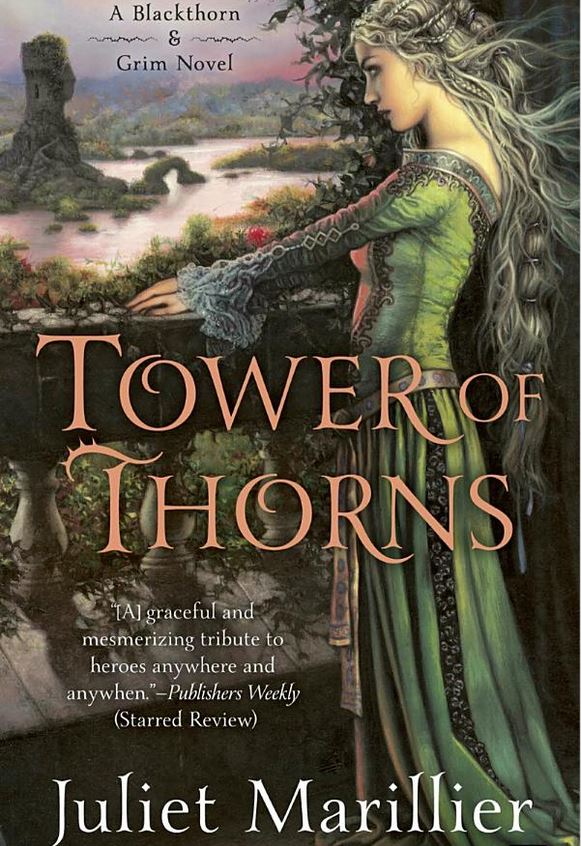
Raw Foods: My Experience Going Raw
My Introduction to Raw Foods
I feel it’s essential I tell you about my introduction to the raw foods lifestyle and why I developed the Eighty Percent Raw Plan.
The process started on September 6th, 2001. My husband and I were on a business trip to New York City just five days before 911. It was just a quick over-nighter, so early the following day, we made the long flight back to Portland.
Four days later, we were on yet another business trip to the East Coast, but this time our destination was Tampa, Florida. We arrived late on the evening of September 10th, and, as you know, at 8:00 am the following morning, all hell broke loose. The gravity of our situation quickly sunk in as we realized that we were stranded in Tampa, 3,000 miles away from home. Our teenage children were in Portland, all by themselves, and we had no idea what to expect next. In addition to all of this, I received a phone call from my oldest son in Texas, who had recently enlisted with the United States Army Reserves, informing me that he was on red alert awaiting orders to report for Basic Training. I was in a high state of anxiety but doing my best to stay calm and balanced. What a relief it was three days later to learn the airport in Tampa was re-opening sooner than anticipated, and we would be able to fly home within the week. After returning to Oregon, we tried to adopt an optimistic attitude that life would return to normal. But like everyone else, our reality had been severely shaken. And it wasn’t long before it became glaringly apparent that this experience would not be without its profound repercussions.
Long Story Short
One month later, on October 10th, 2001, I found out for the first time what it felt like to have a spontaneous panic attack. Little did I realize at the time the impact these episodes would have on my life for years to come.
This whole sequence of events began a domino effect that would ultimately lead to the development of my Eighty Percent Raw diet and lifestyle plan. But, at that point in time, all I knew was that something inside me had broken, and I wanted nothing more than to fix it.
Fortunately, my mother taught me to trust my intuition and the wisdom found in nature at an early age. We weren’t a family who went to the doctor for every little cough or cold that came along. I can probably count on two hands the number of times I visited our family physician during my childhood and adolescent years. Though I occasionally took over-the-counter pain relievers or allergy medications, I learned to prepare home remedies and concoctions based on natural herbs and foods such as lemon, vinegar, honey, garlic, olive oil, and the like for healing whatever might ail me. Mom also taught us that diet plays an enormous role in our overall health and well-being. This training served me well when I was confronted with this breakdown in my body’s immune system later in life.
In Retrospect
I have to say that, if nothing else, having those panic attacks taught me many valuable lessons. I learned about the power of pharmaceutical drugs to harm our bodies. The contrast was especially stark compared to the gentle healing properties of whole and living foods. And I was flat astonished that the doctor I visited didn’t even bother to ask any questions about my diet or make suggestions regarding what I ate. I expected a healthcare professional would offer dietary advice to alter my chemistry and potentially heal my miserable condition. I knew, at an intuitive level, that this was the key to my healing.
Through this experience, I became more acutely in tune with my own body and its nutritional needs.
I began experimenting with different foods to discover which might improve and exacerbate my system’s panic tendencies. I had a firm belief that “you are what you eat” and possessed first-hand knowledge that the food and beverages we consume directly affect the chemical balance in our bodies. Even though I was still eating much more cooked food than raw at that point, I was beginning to learn about foods that might contribute to a sense of calm and well-being and began incorporating more of these foods into my daily menus. I also investigated foods that might agitate or excite, and I avoided these like the plague. At this time in my life, I decided to eliminate all processed foods, such as; refined grains, refined white sugar, all dairy products, artificial sweeteners, caffeinated beverages, and other non-whole foods from my diet. And I began to experience a level of healing as a result.
I Lost Weight Eating Raw Foods
I shed pounds and experienced a significant improvement following a raw foods plan, which sustained me for several years.
Fast forward to 2007, when I was observing the slow but steady decline in my dad’s health. His condition not only made me concerned for his well-being but also fed into fears I was suppressing about what the future looked like if I followed in his footsteps. All these factors resulted in my seemingly random introduction to raw foods.
My dad suffered a double heart attack about ten years before this time. He subsequently experienced many other health problems, the least of which were not the multiple mini-strokes that were beginning to significantly impact his memory, motor skills, and cognitive abilities.
My father was a brilliant man, an aeronautical engineer by profession, and I always took great pride in his intellect. So it was very deeply disturbing for me to see such a decline in not only his physical capabilities but, more significantly, in his mental health.
Mom Thought She Was a Health-Nut
Even though Mom always tried to prepare healthy, home-cooked meals, we consumed the Standard American Diet (SAD). Family meals consisted of mostly cooked foods that contained an awful lot of wheat flour. Even though Mom insisted on baking with only unbleached flour, we ate plenty of white flour products. Noodles, tortillas, pizzas, store-bought doughnuts, coffee cakes, cookies, and crackers heavily supplemented her home-baked goods. Frequently there were potato chips, Ritz, and graham crackers to snack on. Breakfast was cold or hot cereal with milk and sugar, pancakes, waffles, or a couple of slices of cinnamon toast (made with margarine, white table sugar, and cinnamon). Lunches were cheap deli meat and cheese sandwiches or leftover casserole or stew from a prior evening’s meal. Dinners were generally noodle-based casserole, which contained a cream or cheese sauce and meat of some kind. We also had lots of homemade soups and stews or mashed potatoes with gravy and plenty of margarine. Vegetables typically came from a can, or sometimes we had the over-cooked frozen kind. Fruits came from a bottle that Mom put up herself because she thought this was a healthier option than buying canned fruit from the store. But in reality, these fruits were heavily cooked and saturated in sugar syrup. Homemade muffins or dinner rolls regularly accompanied our evening meal. And most nights, we also had desserts of ice cream, homemade cake, or cookies. The only raw foods mom insisted on having alongside whatever else she served for dinner was coleslaw or a basic green salad made of iceberg lettuce, shredded carrot, sliced radish, and scallions. But it was almost an afterthought for the rest of us, and we rarely, if ever, ate it.
Is This Sounding Familiar to You?
So, that’s essentially the diet Dad lived on his entire adult life. He also liked to “treat himself” to jugs full of Flavor-Ade (prepared with a cupful of white sugar per gallon) and cans of Chef Boy-R-Dee ravioli. You can imagine how all of this might wreak havoc in his body. Dad’s diet very likely led to his ill health and death.
But they didn’t know any better in those days. We believed that Mom choosing not to feed us Wonderbread and checking labels for “artificial preservatives” put us smack dab in the center of the health-food crowd.
So, Raw Foods
In 2007 I came across a page on MySpace by a woman claiming to be a “Raw Foodist.” This label caught my attention because I had never heard the term before. She provided many links to websites about the subject, so I jumped in with both feet! I was very intrigued by this unusual philosophy and lifestyle! I discovered that the FDA assigns the same nutritional value to both a raw and roasted almond. But only the raw one will sprout and grow when planted. This information struck a chord with me. Then I learned that heating foods above 118 degrees kills the naturally occurring enzymes found in that food. And the enzymes are the “living” part of the food. So when we eat foods that have been cooked, pasteurized, and heated to this degree, we are consuming essentially nutrient-dead foods. And a light went on in my head. I was convinced eating nutrient-dense, living foods was the key to improving my health. I believed a significant part of the reason my body broke down in the first place was that I had been feeding it primarily dead food my entire life. My body simply hadn’t been receiving the nutrition it needed to thrive.
I Decided to Try Raw Foods For Myself
By this time, I had also been experiencing dizzy spells, off and on, for a few years. These mainly occurred when I shifted from a vertical to a horizontal position. And while I’d learned to live with this condition, I did wish it would go away.
So, I immediately began following a 98% raw foods lifestyle. For six weeks, the only cooked foods I consumed were condiments, like soy, Tabasco, and Worcestershire sauces. I was completely devoted! And I was rewarded with astonishing results for my efforts! I lost 15 pounds of excess weight, and the dizzy spells I had been combating for years completely went away. As a bonus, the dry, flakey skin on my shins improved. And the athlete’s foot that had bothered me for years “magically” disappeared! My husband and teenagers even commented on how amazing all of this was!
But There Was a Trade-Off
I quickly learned that my family didn’t like many of the raw foods I enjoyed. My husband couldn’t tolerate core ingredients like avocado, mushrooms, seaweed, squash, or sweet potatoes. He didn’t like anything that seemed “strange” or out of the ordinary. As a result, mealtime became a huge challenge. While I was blissfully consuming healthy raw foods, my family subsisted on frozen burritos, pizzas, corn dogs, and Hot Pockets. I felt horrible knowing that these foods were not healthy for them. At the same time, this difference in our eating habits created a massive divide in our family mealtime. This difference in our diets was a big problem, and it quickly became apparent that something had to change. Additionally, my 100% raw approach became a problem when we went out to eat. Our differences turned what used to be an enjoyable experience into one of discontent and frustration.
Online Communities
During this time, I was active in some online raw food communities. These groups were fantastic for recipe ideas and support. But I began to notice a tendency toward fanaticism that started to bother me. There was such emphasis on being 100% raw that it was almost religious or dogmatic–and I felt that was unhealthy. Discussions about the lack of available options when dining out came up, and people worried the only item on restaurant menus appropriate for raw foodists was the side salad. And that, they claimed, was problematic because most dressing choices contained cooked ingredients. This whole obsession seemed ridiculous to me. I figured if you were dining out and chose the salad instead of a cooked entree, then by damn, eat whatever dressing you like! Nutritionally you’re still ahead of most people who are making less healthy food choices! But not this crowd; they talked about carrying their own, homemade, raw dressing in a purse. This way, they’d have something they knew was 100% raw to put on their salad greens at the restaurant.
All of this, combined with the stress and division over meals in our home life, made me rethink my approach.
And that’s when I began to recognize the benefit of an Eighty Percent Raw Plan.




